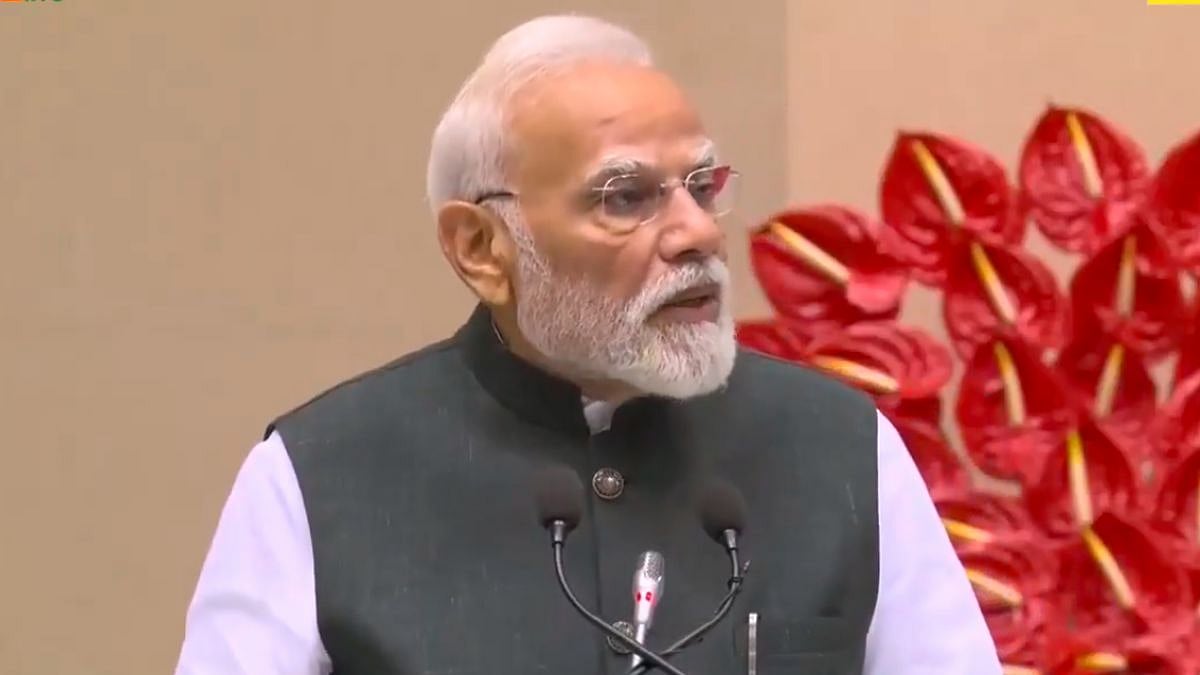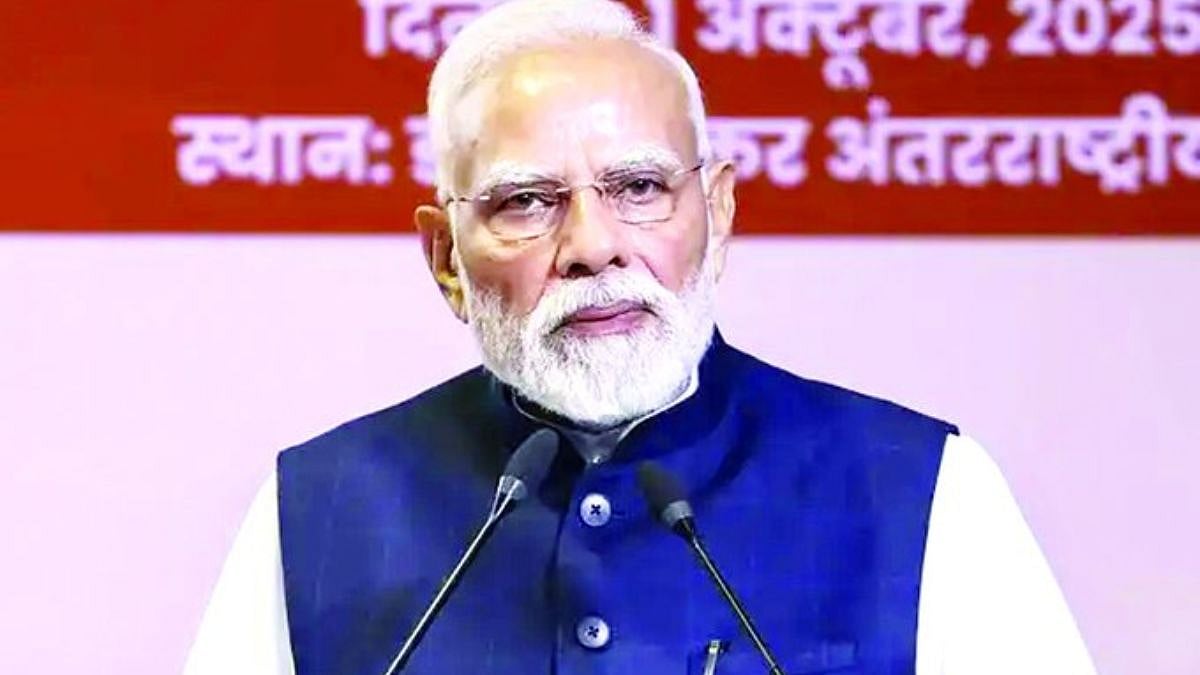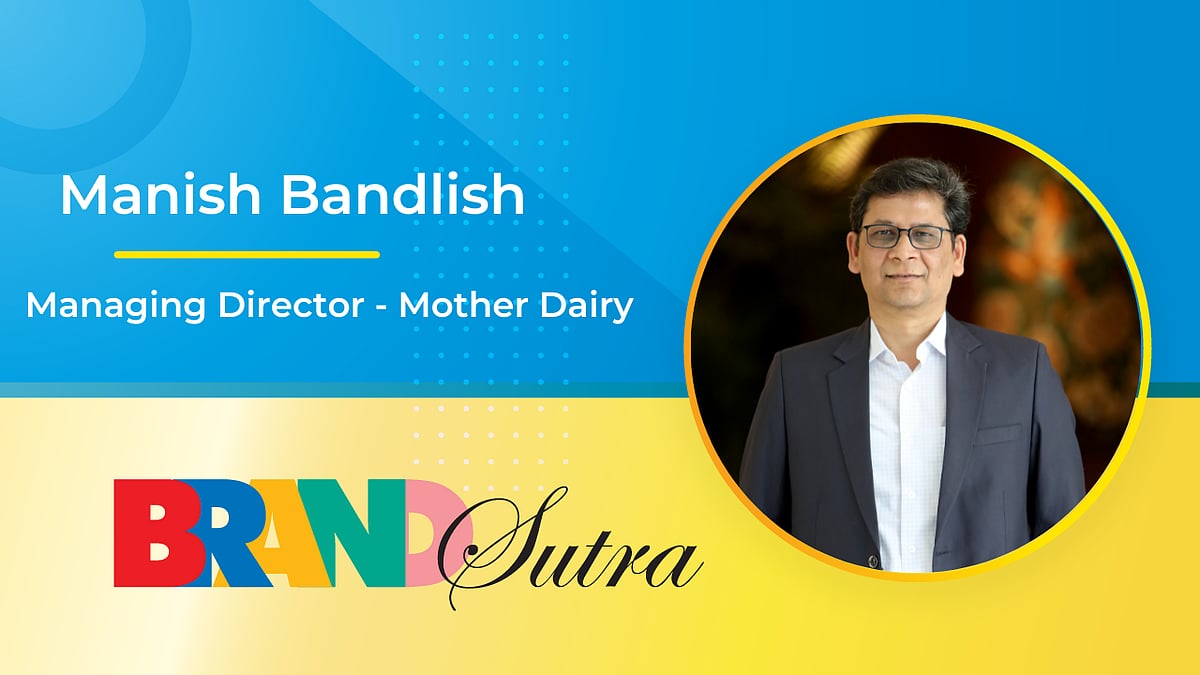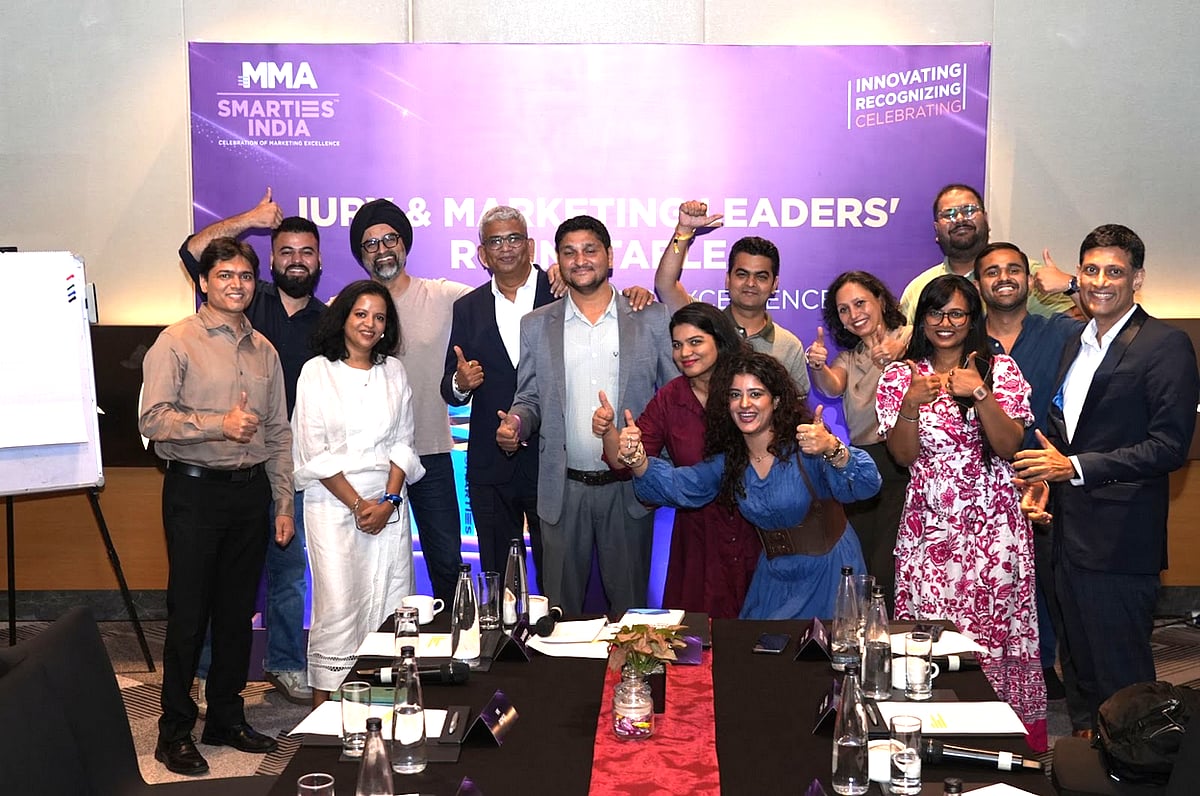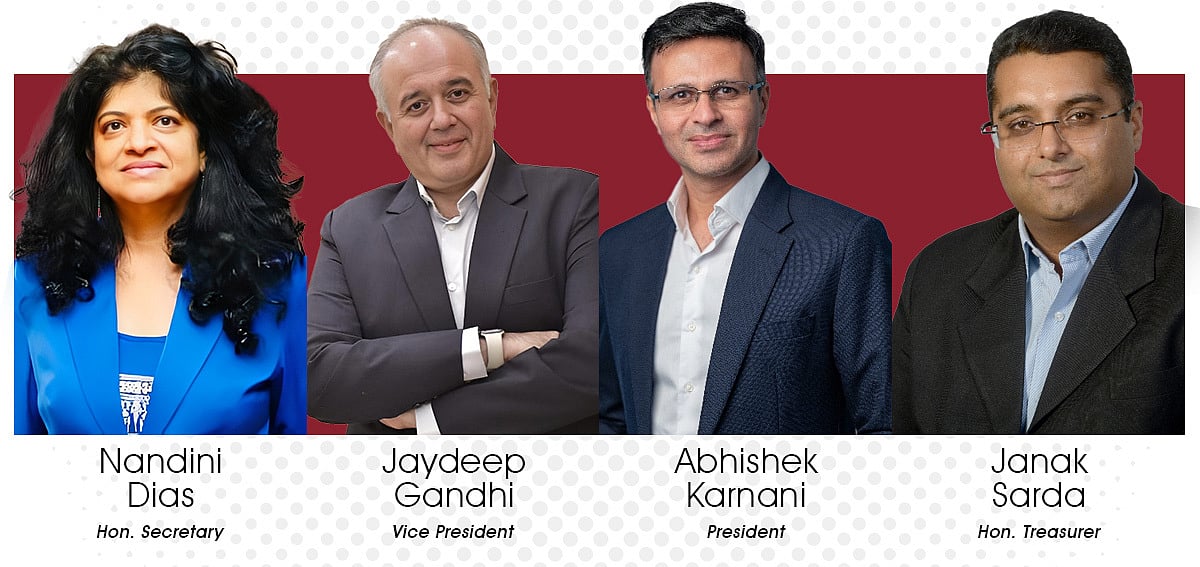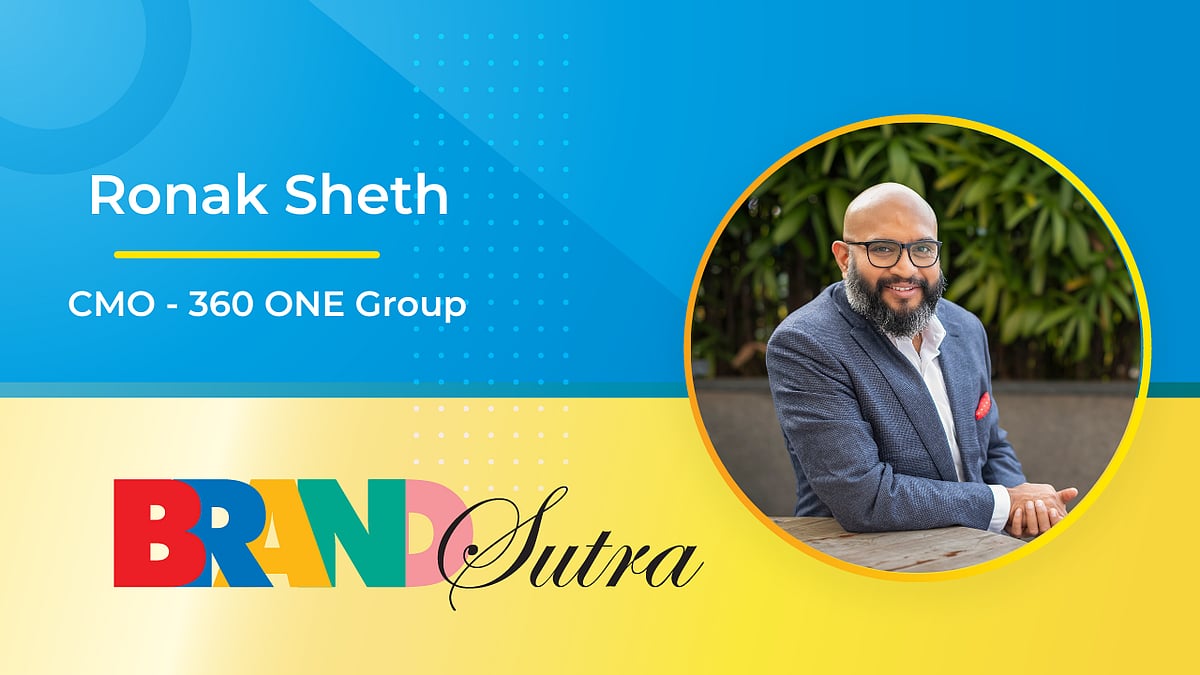Influencer marketing is estimated to be a $16 billion industry in 2022, and will be a key communication tool for many brands. In fact, if you are in the gaming, beauty, fashion or travel industries, it is likely to be a strategic imperative. I read an article recently that said influencers would play a very big role in financial marketing and fintech in the future.
The rise of standalone influencer marketing agencies that work strategically with brands is an indicator of how valuable this aspect of communication has become. It is not another box to be ticked off as an overall communication laundry list. Why is influencer marketing now considered as valuable as or much more valuable than other ways of influencing consumers - celebrity endorsements, editorial plugs, PR influenced content and the earlier gold standard of influence- blogs?
Influencer marketing subsumes aspects of all of these, but its starting point is access to an established circle of influence on social media. In this case, social media is defined largely by Instagram, TikTok, YouTube and Facebook. Influencer marketing is about your brand piggy-backing on social media handles run by individuals who already have their existing followers, a strong social media presence that's credible, built organically and fits with your brand strategy especially when it comes to reaching a new pool of consumers. Unlike early blogs, which were static and text-heavy, and early vlogs which tended to be talking heads, the new generation of influencers are highly visual – there is now a new range of cameras with a light box and tripod created just for Instagram posts. Of course, many bloggers, who were the fore-runners before TikTok or Instagram existed, have successfully adapted their handles to the format of YouTube and Instagram.
BRANDS HAVE CHOICES
As a brand, you have choices - you could use nano-influencers whose following is less than 5,000, micro-influencers who go up to 10,000, macro-influencers who register 1,00,000 followers or more and then of course mega-influencers whose following is in the millions. For a brand, this is probably the cheapest and quickest way to reach a hundred thousand people and if you have a cross channel deal, this can be amplified.
However, numbers shouldn’t be the only yardstick. Nano influencers, for example, represent a category that is projected to grow as they have a niche, highly focused audience and can be used in a smartly targeted fashion. LinkedIn, which doesn’t come into this category, is actually a great way to build B2B brand awareness; so, it is very important to ask what you want your social media strategy to achieve or who your real target audience is.
How you use sponsored partnerships with influencers is critical as they must retain their credibility. It would be smart not to dictate content, however tempting it is to do so. The influencer’s voice has to remain genuine. For an influencer, success can become a Catch22 – if you have too many paid promotions, your credibility goes down. If you become a brand ambassador or a product co-creator, the deal can become restrictive. The balance has to be managed by both brands and influencers. This is where influencer marketing agencies step in.
REGULATION OR NO
The other issue is one of regulation. In the United States, it is mandatory to flag off paid promotions, so your followers know. Not just as hashtags or footnotes at the bottom of the post, but clearly marked sponsorships. I don’t think this is followed very strictly here. India doesn’t have very clear rules – does influencer marketing even come under the ambit of the Advertising Standards Council of India (ASCI)?
For brands, there are algorithms, metrics, ranking data and all kinds of evaluation tools to assess and analyse how effective your influencer marketing programme has been. At the end of the day, however, as a brand manager, you must follow your instinct and your intuition - brands and influence are built on authentic stories and if you lose that, the numbers won’t add up.
(Geeta Rao has been Regional Creative Director, Ogilvy and has devoted many column inches and years to advertising and brands.)


